Recovery of threatened plant populations requires attention to a lot of small details and sometimes this includes working with things that are literally small. Flowers can be small. But even larger flowers have reproductive parts on a scale of millimetres. Their pollen is dust-like. Likewise, seeds are often near the limit of what the naked eye can see. Even large seeds cannot be fully appreciated without some magnification to reveal whether they have developed normally.
Of the ten threatened native plants in the Scottish Plant Recovery project, one is a fern – oblong woodsia (Woodsia ilvensis) – with spores that are truly microscopic. The spores germinate to produce a stage in the life cycle called a ‘gametophyte’ a few millimetres across that is the sexual plant in the so-called alternation of generations that all ferns pass through. The ferns we are familiar with are the asexual ‘sporophytes’ that produces spores. Even though ferns are at the extreme end of the scale, the largest seeds in this group of ten plants are only a few millimetres long and many of their other parts are very small too.
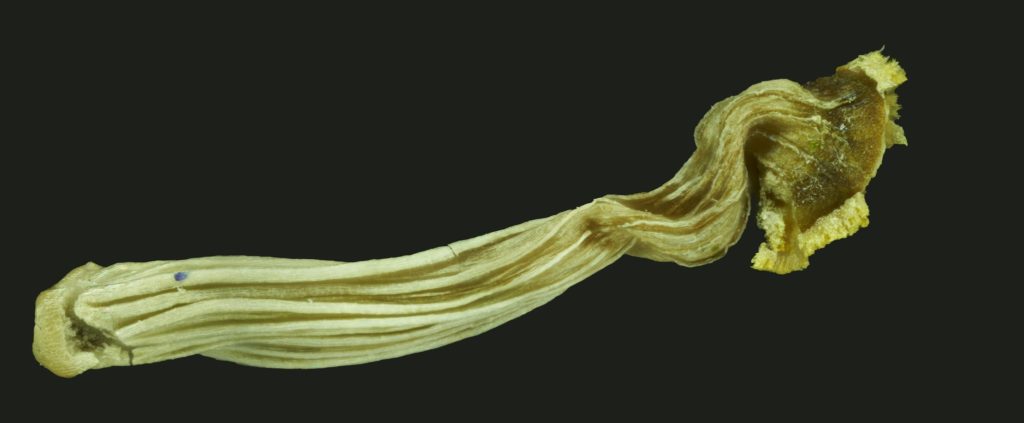
Working with such small things means techniques that give us a close up, high definition view are particularly useful. This is not just for the benefit of those working with the plants. The saying that an image is worth a thousand words is true in the sense that good images really help communicate stories.
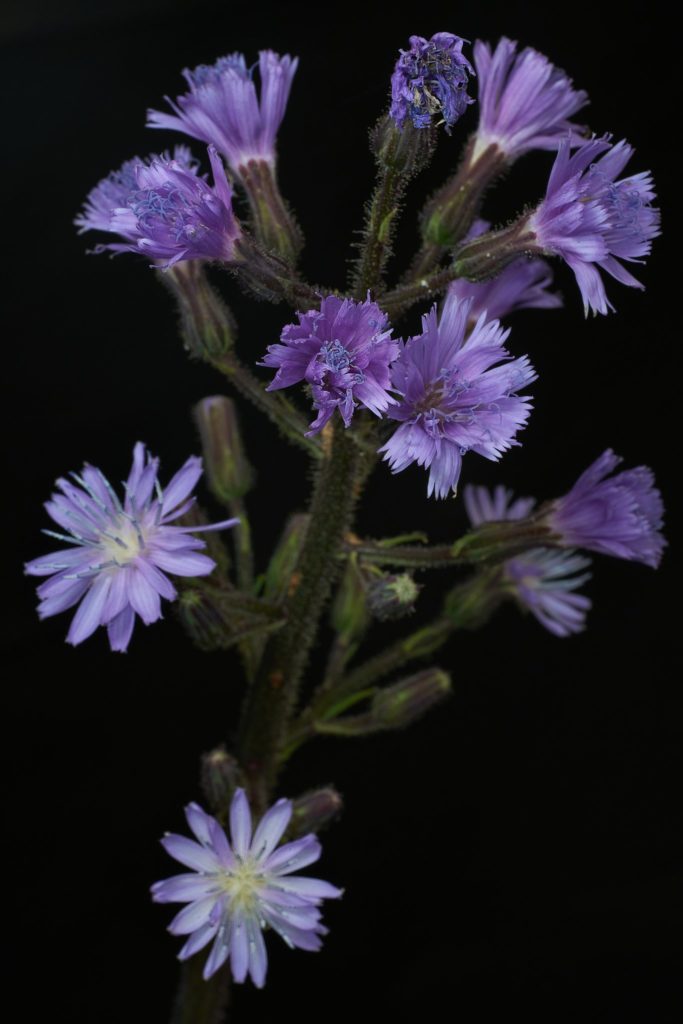
This is why the Scottish Plant Recovery project is working with a technique called microphotography. The limitation of a single image is that a relatively narrow slice through the object is going to be in focus. Parts of the object in front of and behind what is called the ‘plane of focus’ will be blurred. The solution to this problem is to extract the in-focus bits of a stack of images, with different planes of focus at regular intervals, and create a composite single image with all parts in focus. Essentially, the approach is to salami slice the object using multiple photographs.

This approach, using multiple images, is called ‘microphotography’ and it can involve stacks of hundreds or even thousands of images. Some objects require multiple sets of stacked images to be joined together to create a single image. The processing and adjustment of very large numbers of images requires a lot of computer power, technical skill, time and patience. You can begin to appreciate that this is far from standard photography.
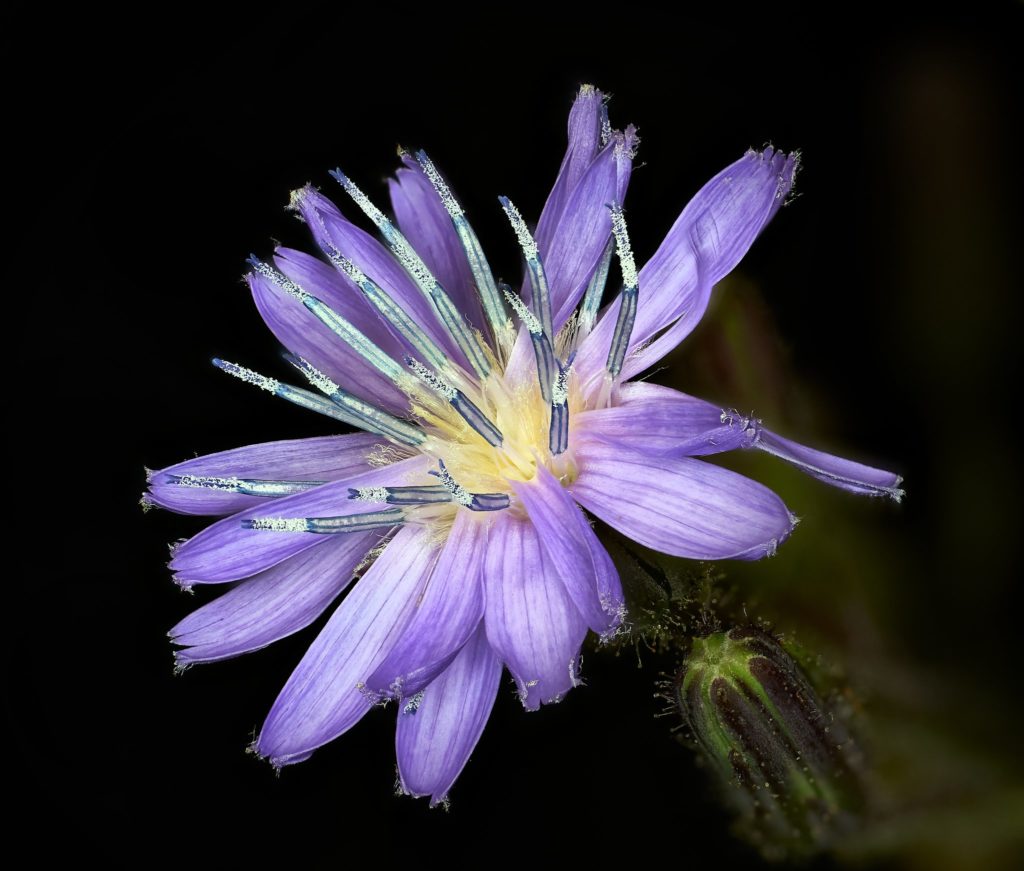
This work also requires specialist equipment and the subject to be placed in a controlled environment. This is important because vibrations, breezes and changes in light level will all conspire to ruin the final image. Even making the equipment mobile for use in any suitable space is a challenge to be overcome.
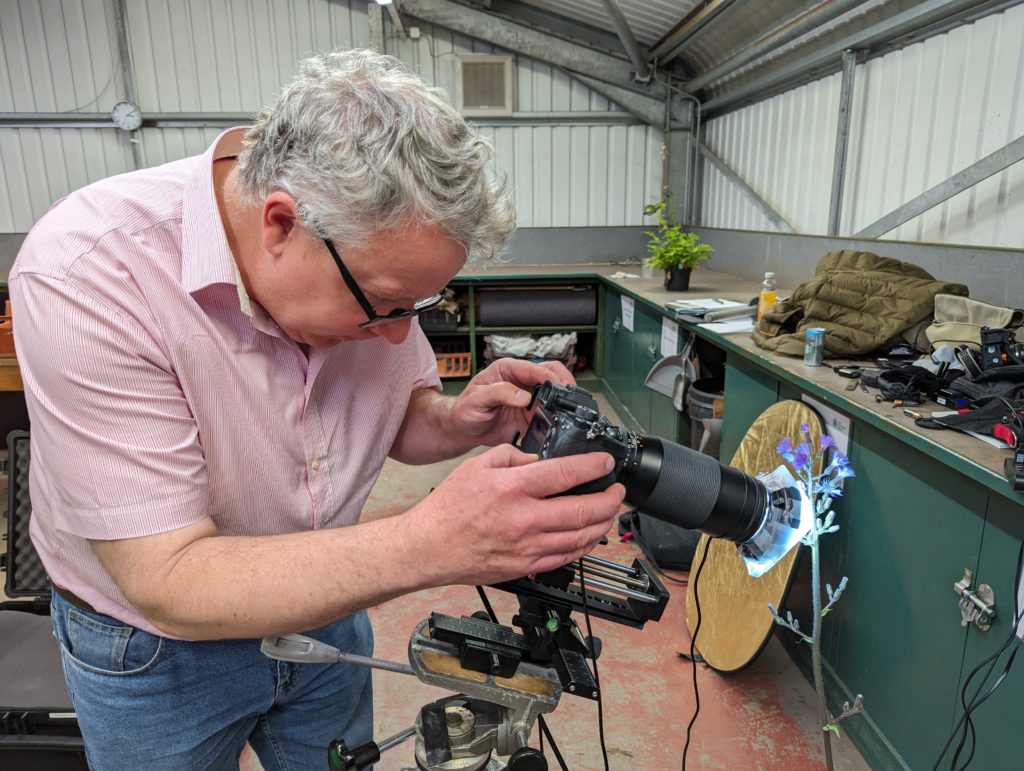
We have recently embarked on a collaboration that we hope will document an entire year in the life of the ten plant species in recovery, looking at all stages of development that would benefit from the microphotography technique. This post shows a few early examples of the incredible detail this approach can reveal. Some of these structures have not previously been imaged in such exquisite detail.
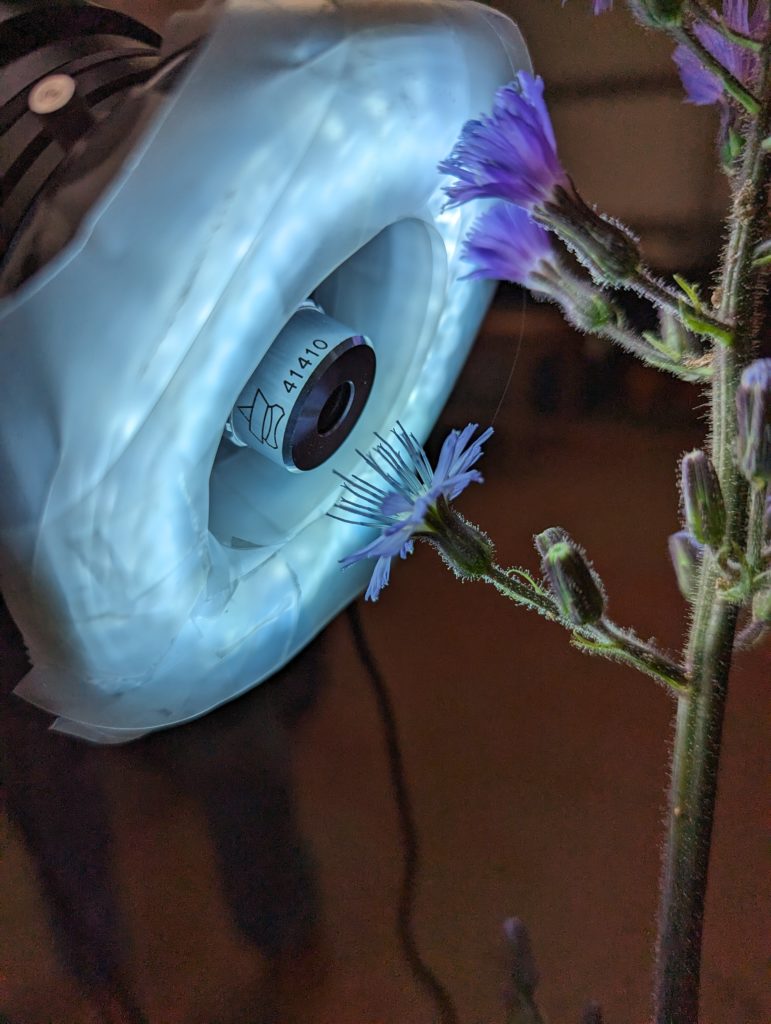


- X @TheBotanics
- X @nature_scot
- X and Facebook @ScotGovNetZero
- Facebook @NatureScot
- #NatureRestorationFund
